RobotLAB Blog
Everything You Need To Know About Robotics in Businesses
How Teachers Can Support PBL at Home
Tips and projects that teachers can share with parents and caregivers to guide children in any grade through project-based learning—with or without technology.
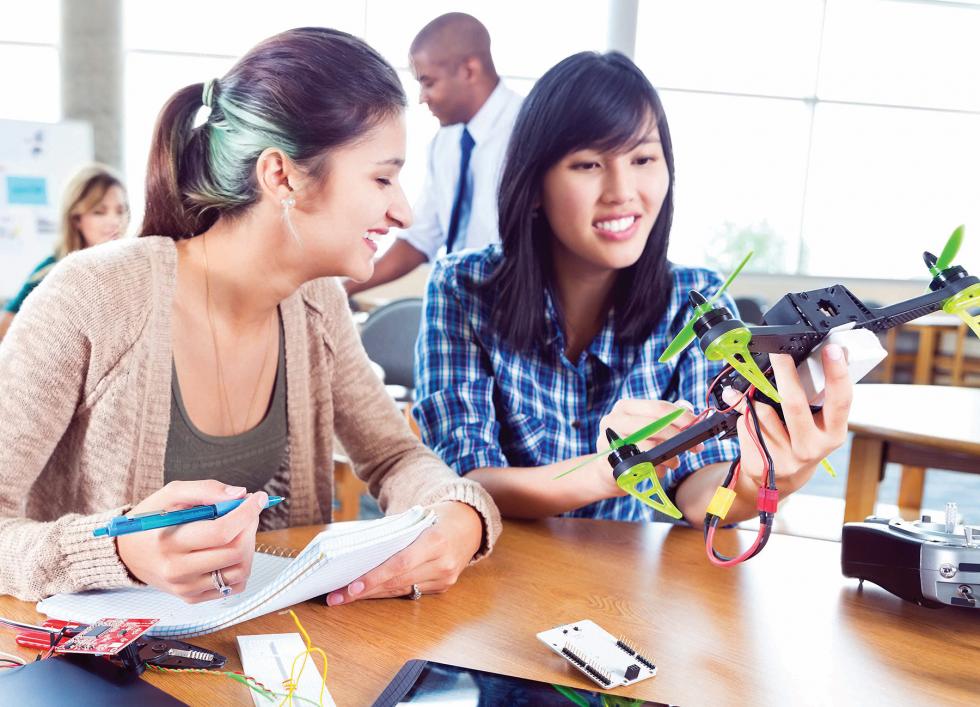
- 0 Comments
- Jun 17, 2020 10:00:00 AM
- Posted by Natalia Galvis
- Topics: Robotics, EdTech, STEM, Project Based Learning, students, STEMchat, PBL, Edchat, remote learning
Supporting Teachers in Their Shift to Project-Based Learning
A STEM education consultant explains how consistent collaboration among teachers can foster effective STEM-based PBL instruction.
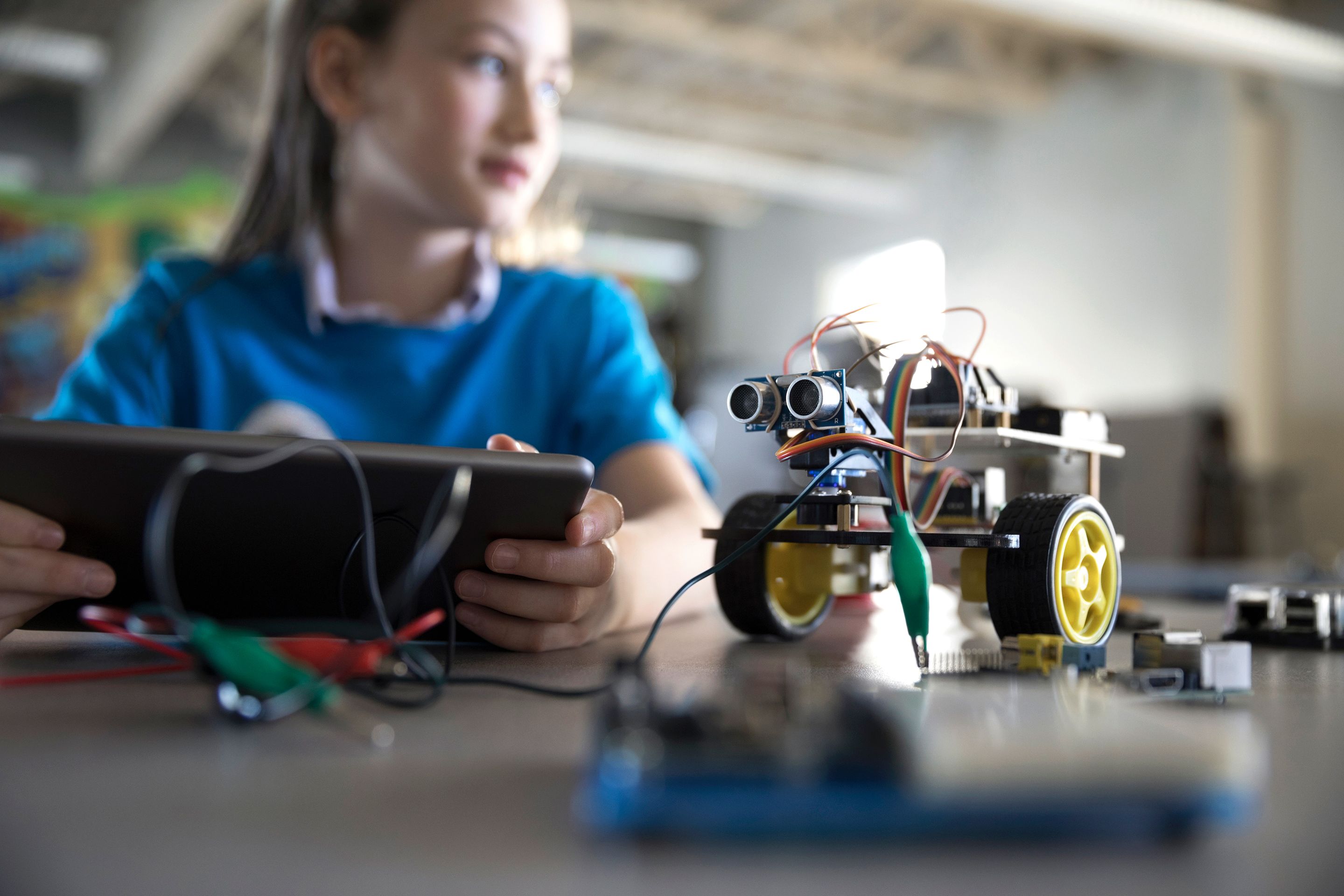
- 0 Comments
- Sep 19, 2019 10:00:00 AM
- Posted by Natalia Galvis
- Topics: EdTech, STEM, Project Based Learning, Problem Based Learning (PBL), teachers, PBL, Edchat
10 ways 3d printing can be used in education
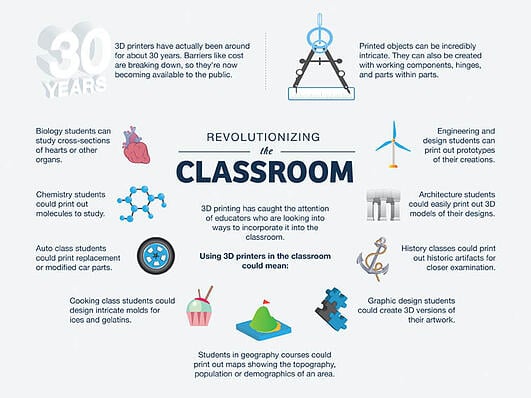
The infographic above serves as a great example of how swiftly things are changing in the EdTech world. At the time it found its way to the Internet, way back in February of 2013, there were indeed only ten ways that 3D printing could be used in education. Since then, an important eleventh way has been added: printing robots!
- 0 Comments
- Jun 10, 2014 8:03:00 PM
- Posted by Charles Nimrad
- Topics: Robotics, 21st Century Classroom, Project Based Learning
Soccer + robots = A winning combination! RoboCup 2014 is coming
This year the Soccer World Cup will be played in Rio de Janeiro, Brazil. The crowds, as always, will be huge. After all, everyone wants to go to Rio de Janeiro and a World Cup is as good an excuse as any. The first game will be on Thursday, June 12th, between Brazil and Croatia. Those of you who dislike crowds might want to miss this competition; but don’t worry, if you’re looking for an excuse to boogie on down to Brazil there is an even more important soccer event occurring a month later a little north of Rio in João Pesso. I'm referring, of course, to RoboCup 2014 -- the Robot Soccer World Cup!
Actually, João Pessoa is more than a little north of Rio -- 1,223 miles north, to be precise. But that means three hours less flying time in a cramped airplane seat. And if you can believe the image on the Internet, João Pessoa appears to be on a bay as beautiful as Rio’s. More, it’s reputedly a safe city...a claim Rio de Janeiro certainly can’t make!
- 0 Comments
- Jun 9, 2014 12:58:15 PM
- Posted by Charles Nimrad
- Topics: Robotics, EdTech, 21st Century Classroom, International News, Project Based Learning
MakerBot Adds 3D Printable Curriculum Content to Thingiverse for Teachers
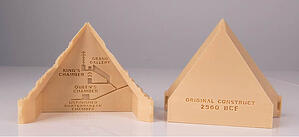
With our awards winning RobotsLAB Box (Gold Edison Award, Best STEM Solution by EdTech Digest, LAUNCHEDU COMPETITION AT SXSWEDU), we here at RobotsLAB are always on the lookout for innovative companies that compliment and enhance our product and further our view that STEM education need not be boring--or unaffordable. Makerbot, developer of the MakerBot Replicator Desktop 3D Printer is one such company.
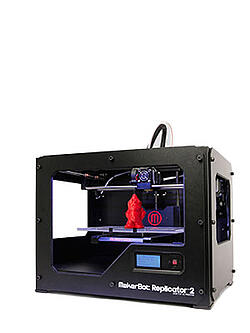
Just as our robots engage students by demonstrating in real time the practical importance of math, MakerBot's 3D printers draw students in by showing them the fascinating new world of digital manufacturing. Engineering exercises like building bridges and pyramids, once cobbled together in the classroom with popsicle sticks, clay and epoxy, and taking days to build, can now be manufactured cleanly and swiftly in a matter of minutes or hours. Nor can the importance of students understanding the science and practice behind this new manufacturing method be overstated in terms of their future ability to access employment: no less a personage than President Obama has declared that 3D printing is the next manufacturing revolution and he intends that America will be the leader in this new revolution!
The first 3D printers, like the first computers, were huge and far more expensive than any school district could hope to put in the hands of its students. But Makerbot has brought the size down to little more than that of a desktop printer and the price to under $2000 dollars. Besides that, the company has made its printers available through crowdfunder Donorschoose.org; all teachers have to do is contact Donorschoose with their request. As of this writing more than a thousand schools have received printers.
- 0 Comments
- Jun 2, 2014 12:00:00 PM
- Posted by Elad Inbar
- Topics: EdTech, Education, 21st Century Classroom, Project Based Learning
Makerbot Steps Back in Time with Jurassic-Themed Models
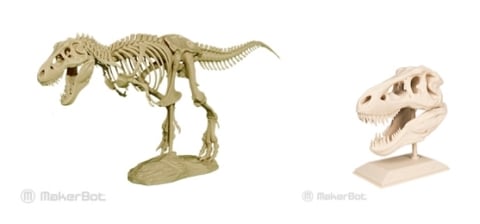
Looking for a Tyrannosaurus rex figure for your home or classroom and the $8.36 million price tag (paid for Sue, the largest, best preserved Tyrannosaurus Rex ever found) seems a bit high for your budget? Then how does $14.99 at the MAKERBOT DIGITAL STORE for an anatomically correct, realistic, scale model of a full Tyrannosaurus Rex skeleton sound? Not only is the MAKERBOT Tyrannosaurus Rex model a lot less of a budget buster, but it's going to be a lot easier to lug from classroom to classroom -- even in death, Sue’s skeleton weighs 3922 lbs.
MAKERBOT, as you are probably aware, makes affordable desktop 3-D printers and scanners for the home, the classroom and for businesses. These products have won top awards from Popular Mechanics, Time Magazine and Popular Science. Working with their products keeps kids engaged in the moment and learning as they go. The MAKERBOT Tyrannosaurus Rex for example, allows students the chance to become involved with the new manufacturing paradigm called Additive Manufacturing -- it creates products through sequential layering, much as the natural world does. “3D printing,” says President Obama, “has the potential to revolutionize the way we make almost everything.”
- 0 Comments
- May 30, 2014 12:00:00 PM
- Posted by Charles Nimrad
- Topics: EdTech, 21st Century Classroom, Project Based Learning
Using 3D printer, every student can be a maker
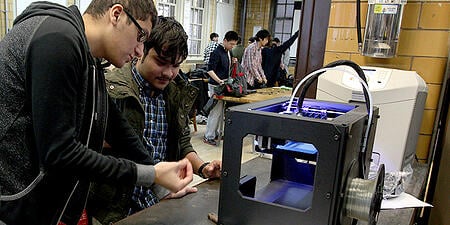 Educators, do you find yourself sceptical about the claims made for 3D printers as valuable teaching tools? I know I have been and I was educated when manual typewriters were the highest tech you were apt to see in high schools. As a freshman, I thought I wanted to go into engineering, but when I took a course in mechanical drawing and found myself pathologically incapable of drawing a straight line I left the engineering route forever. After reading about the experiences students had with 3D printers at Brooklyn Technical High School I lost my scepticism regarding these printers and began to wonder... if they’d had these printers when I was a boy would I have stayed in engineering?
Educators, do you find yourself sceptical about the claims made for 3D printers as valuable teaching tools? I know I have been and I was educated when manual typewriters were the highest tech you were apt to see in high schools. As a freshman, I thought I wanted to go into engineering, but when I took a course in mechanical drawing and found myself pathologically incapable of drawing a straight line I left the engineering route forever. After reading about the experiences students had with 3D printers at Brooklyn Technical High School I lost my scepticism regarding these printers and began to wonder... if they’d had these printers when I was a boy would I have stayed in engineering?
- 0 Comments
- May 9, 2014 12:06:57 PM
- Posted by Elad Inbar
- Topics: EdTech, STEM, 21st Century Classroom, Student Engagement, Project Based Learning
Bringing the MakerBot 3d Printer into the Classroom
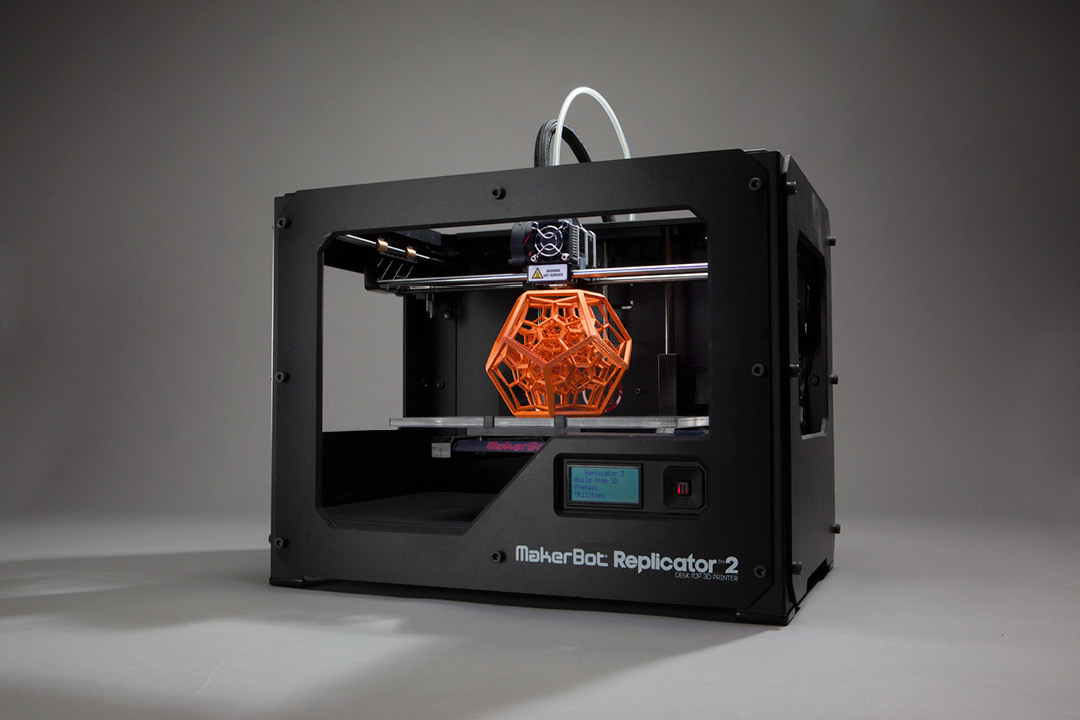
- 0 Comments
- May 5, 2014 9:11:00 PM
3d printing in education in Japan
Hey! Here is some good news: the Japanese government thinks it has to play catch-up to the United States in at least one area of manufacturing technology, 3D printers. After a lifetime of hearing about the supposed superiority of Japan in all things manufacturing--I’m driving a Subaru; how about you?--it’s great at last to find something about American manufacturing worth emulating.
Even more important, it’s great to realize that we Americans are doing something right in our schools--intending to furnish every single one of them with 3D printers. The determinative word in that last phrase is “intending;” we still have a long way to go before we can claim victory.
This wonderful new technology, as President Obama said in his 2013 State of the Union speech, “... has the potential to revolutionize the way we make almost everything. The next industrial revolution in manufacturing will happen in America.” Of course the Japanese would prefer that the revolution start there!
- 0 Comments
- Apr 28, 2014 1:30:00 PM
Makerbot 3d printing in schools
Math teachers, science teachers and engineering teachers, are you looking for a way to make your beloved disciplines more relevant to your students? Maybe even inspire a few to love them the way you do? Well, right now there is affordable new technology out there that can help you do just that! The Makerbot 3D printer and STEM BOT 3D CLASS from our own RobotsLAB.
StemBot 3D program that teaches students how to 3D print a robot, assemble it, work on the electronics, and finally program it.
Actually, 3D printers have been around since the 1980’s, but they were massive and super-expensive like the first-generation computers. Only in the last few years have they shrunk in size and dropped in price to where individual households and schools could afford them.
- 0 Comments
- Apr 22, 2014 12:30:00 PM
Relevant Posts
- Augmented Reality: A Tool for Teaching Students Robot Programming
- Fostering Innovation Through Youth Education in STEM and EdTech
- How Parents Can Foster STEM Learning Beyond the Classroom
- How Robotics Cultivates a Deep Understanding of Mathematics in Students
- RobotLAB Receives EDTech Chronicle 2023 ‘BESTIE’ Award for Landmark Partnership with American Samoa Dept. of Education.
Subscribe to Email Updates
-
I Want To Learn MoreADDITIONAL INFORMATION
